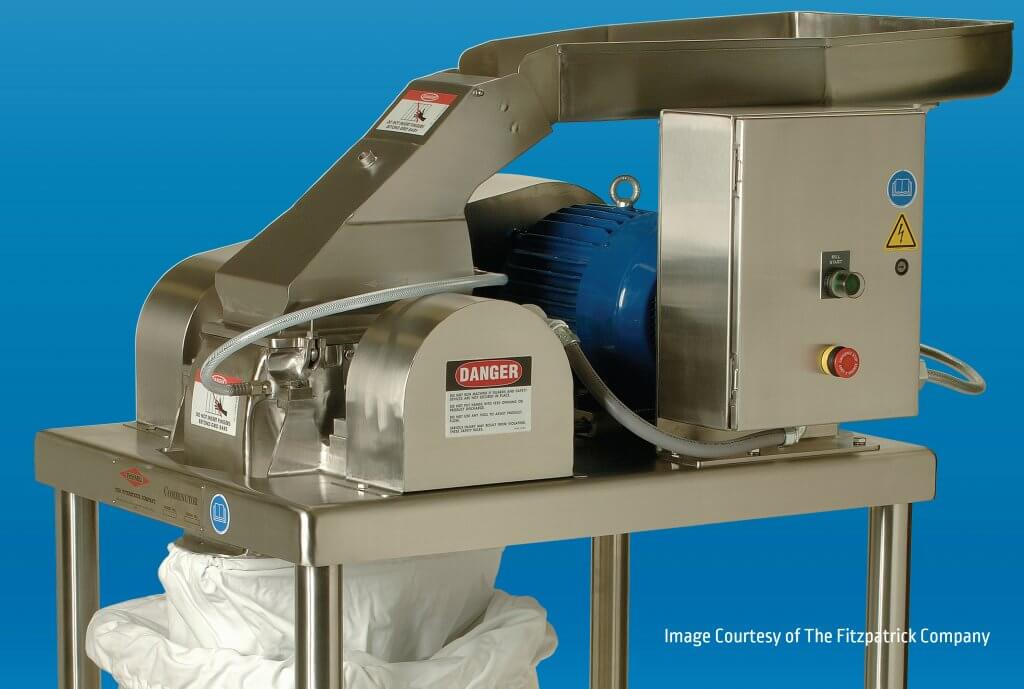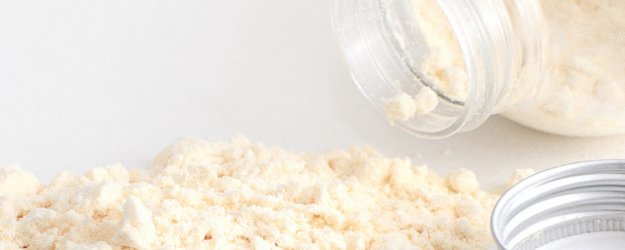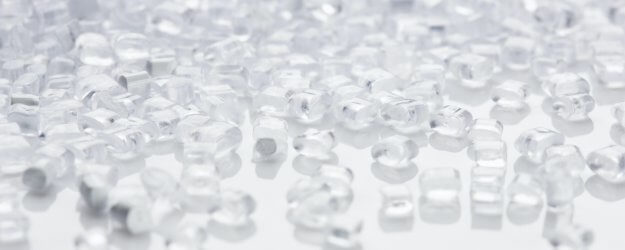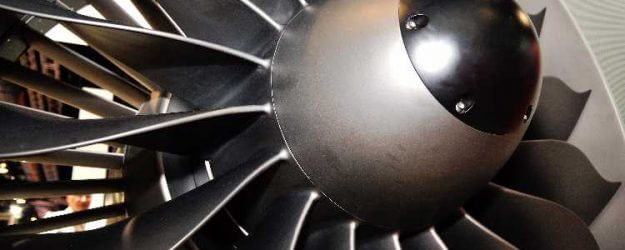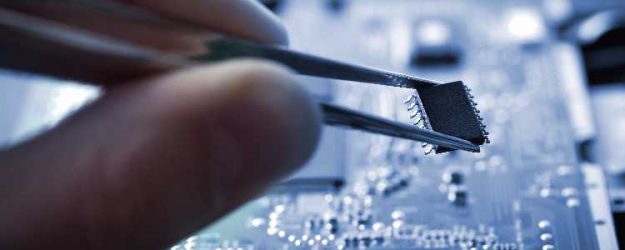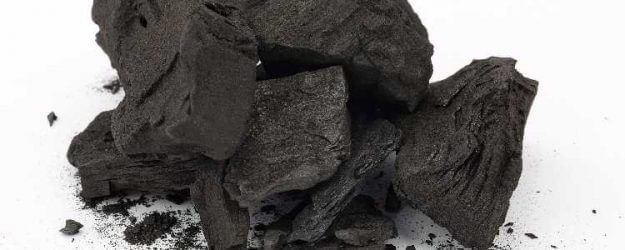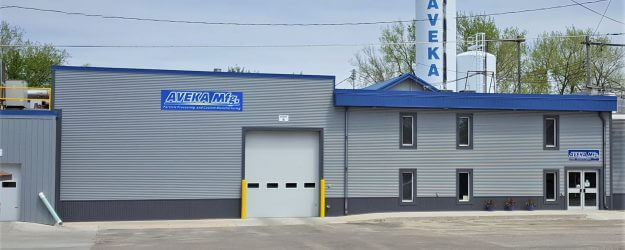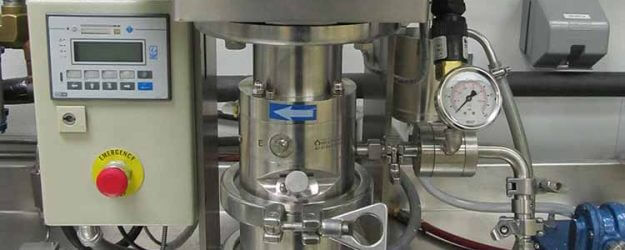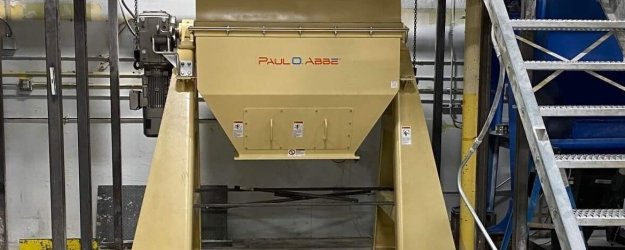Hammer Milling Services
Hammer milling is a high energy process of reducing particle size by impact with rapidly moving hammers. The material is fed into the mill’s chamber, where rapidly rotating hammers that strike particles repeatedly until the particles are reduced to a size that can pass through a screen. Hammer milling parameters such as screen size, blade selection and rotor speed can be optimized for each application. The typical particle sizes that can be achieved with hammer mills is a D50 between 150 μm and 600 μm.
Promising candidates for hammer milling are materials that are “friable,” or are able to break into smaller pieces upon the application of force. Intrinsically friable materials usually have microscopic defects, like fractures or gaps, which act as natural places for the material to break apart. Materials that lack these defects can have defects introduced through various methods. In addition, making a material glassy (i.e., being below the glass transition temperature, Tg) can turn a flexible material into a material that fractures upon impact. This is typically done with liquid nitrogen as referred to in the “Cryo Milling” section.
Changing the morphology of the feed material can also have an impact on the milling behavior. Polymer pellets may bounce off of the hammers and only become slightly rounded, whereas polymer flakes of the same material may break upon collision with the hammers.
